First Look: Sony Hi-Res Audio with LDAC
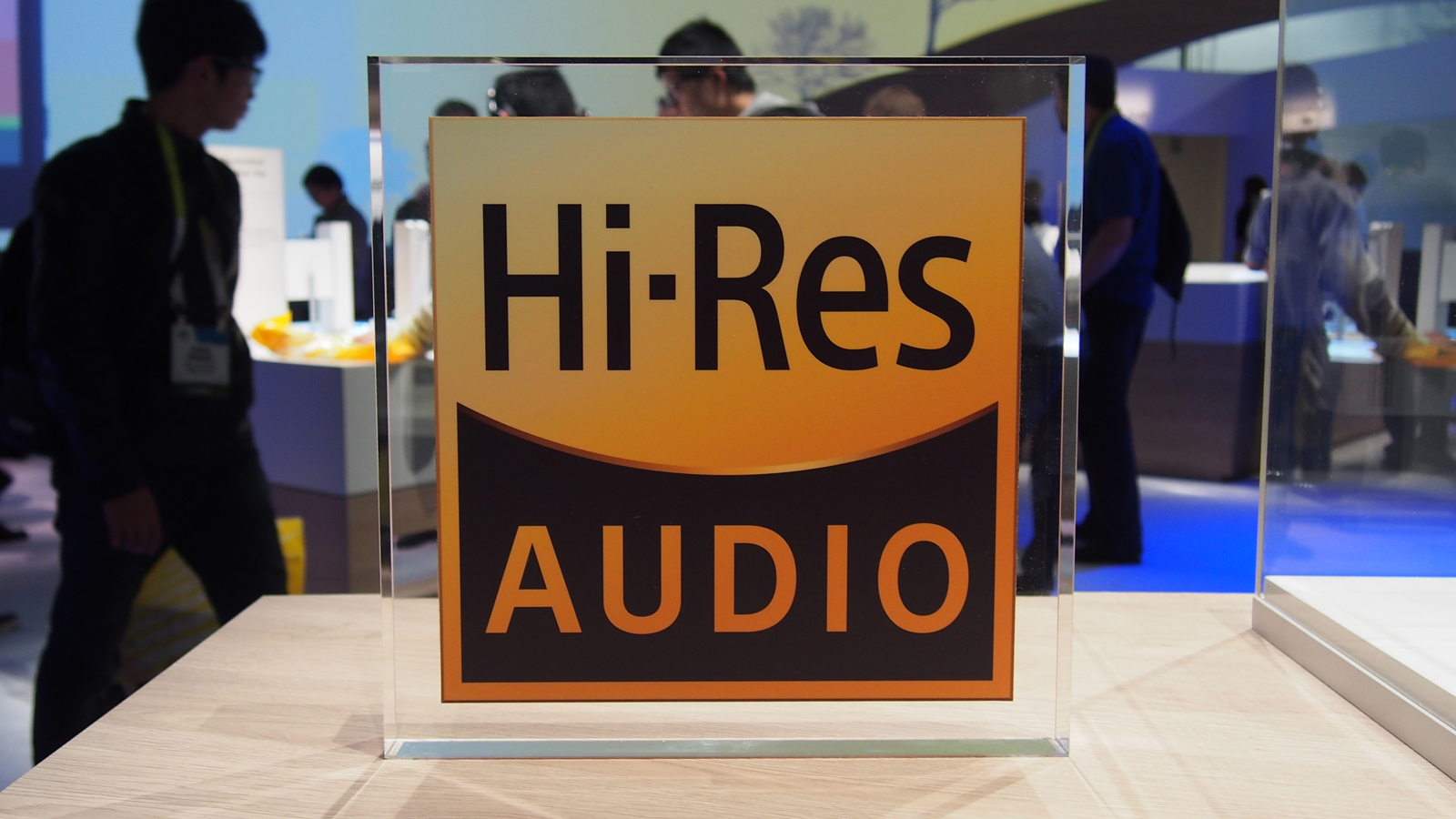
The cold, hard truth is that for the last 10 or so years the amount of audio enthusiasts have dwindled.
Compared to the amount of consumers looking for high-end TVs, the people who care about great-sounding audio are almost non-existent.
That sounds like hyperbole, but here's an experiment you can try that will prove it: Ask someone - a neighbor, a friend, your parents, whoever - what FLAC stands for. Did they get it? No? OK, now ask them what LED means. Or what UHD stands for.
Maybe they won't get any of it. But chances are good that they'll know more about the tech that goes into their television than they do about the inner workings of waveforms.
The Hi-Res Audio Revolution
Maybe you're in that category too. And if so, it's not your fault. Look at me son, it's not your fault. It's not your fault.
TV companies have spent millions of dollars each year to teach you about contrast levels, pixel density and ultra-high definition. Sony in particular spent $1Billion last year, with over half of that ($564 million) going directly into advertising on all our brand-new tellies.
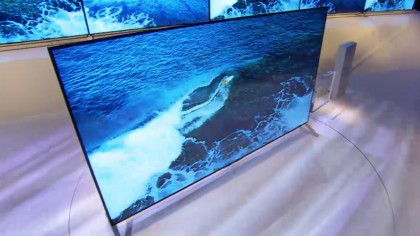
But everything could change this year with a new technology from Sony called LDAC and an influx of lossless music-streaming websites like Tidal, hungry for a slice of Spotify's pie.
Sign up for breaking news, reviews, opinion, top tech deals, and more.
But, before we go on, it's worth mentioning that Hi-Res Audio at least in its current state isn't new. It's been around for years. What's changing this year is Sony's commitment to pushing services and products marked with a tiny gold and black sticker that reads "Hi-Res Audio."
Sounds like a marketing gimmick...
You're not wrong if you think that. But Sony's putting some weight behind Hi-Res audio this year with its brand-new line of Walkmans. I tried one for the first time at CES 2015, and the sound quality was noticeably better than anything I've ever heard on an Apple device.
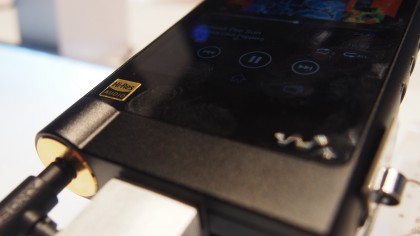
It's subjective, sure, but it's also science. Lossy compressed audio formats (mp3, mp4, aac…) are about half the size of lossless compressed files. In that "extra" data are thousands of details - the crash of cymbals, rich bass, the sound of the guitar pick making contact with the strings - that get cut out in order to give us 10,000-plus songs on our mobile devices.
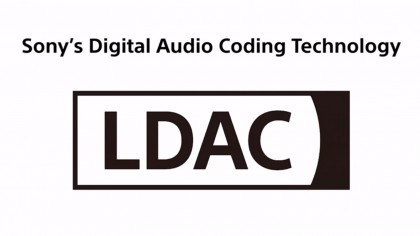
So where does LDAC (pronounced 'el-dack') come into play? LDAC is a wireless audio codec that allows three times more data to be efficiently transmitted than standard Bluetooth. This means if you needed to stream lossless media before now data could've gotten bottlenecked by the slow transfer speed of Bluetoooth.
Starting this year, almost every new product in Sony's audio line-up, from speakers to receivers to headphones and yes, even the new Walkman, will have LDAC as a standard.
Lossless media is half the battle
But unless you subscribed to a lossless streaming service like Tidal or Deezer, or had a library of high-end audio just sitting on your computer, you haven't heard music in Hi-Res.
Again though, that was before this week.
The other part of the equation Sony announced on Monday at CES was the addition of DSEE HX to every audio component in their 2015 line-up.
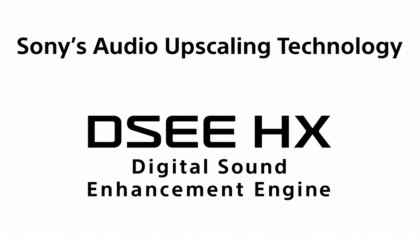
DSEE HX, and bear with me here, uses information from lossy media and tries to return them to a near-lossless state using what I assume to be a Ph.D.-level, Good Will Hunting-esque algorithm. However, a Sony rep was quick to add in that the final product will be "near lossless quality, but not exact."
Just how good the upconversion is remains to be seen and will be something you can be sure we're going to test once we get our hands on a Hi-Res compatible device later this year.
2015: The year of the sheep … and Hi-Res Audio
There was a time not all that long ago that we thought "man, these DVDs are great. They look so good on my brand-new 720p TV." Yet here we are in 2015, talking about 4K Ultra HD Blu-rays and 4K OLED TVs. Could you imagine going back to DVD and sub-1080p resolution and calling that "the future of tech"?

Lossy is the DVD to lossless's Blu-ray. 2015 could very well be the year Hi-Res comes into its own. If that's the case, you'll know where to find it: Sony.

Nick Pino is Managing Editor, TV and AV for TechRadar's sister site, Tom's Guide. Previously, he was the Senior Editor of Home Entertainment at TechRadar, covering TVs, headphones, speakers, video games, VR and streaming devices. He's also written for GamesRadar+, Official Xbox Magazine, PC Gamer and other outlets over the last decade, and he has a degree in computer science he's not using if anyone wants it.